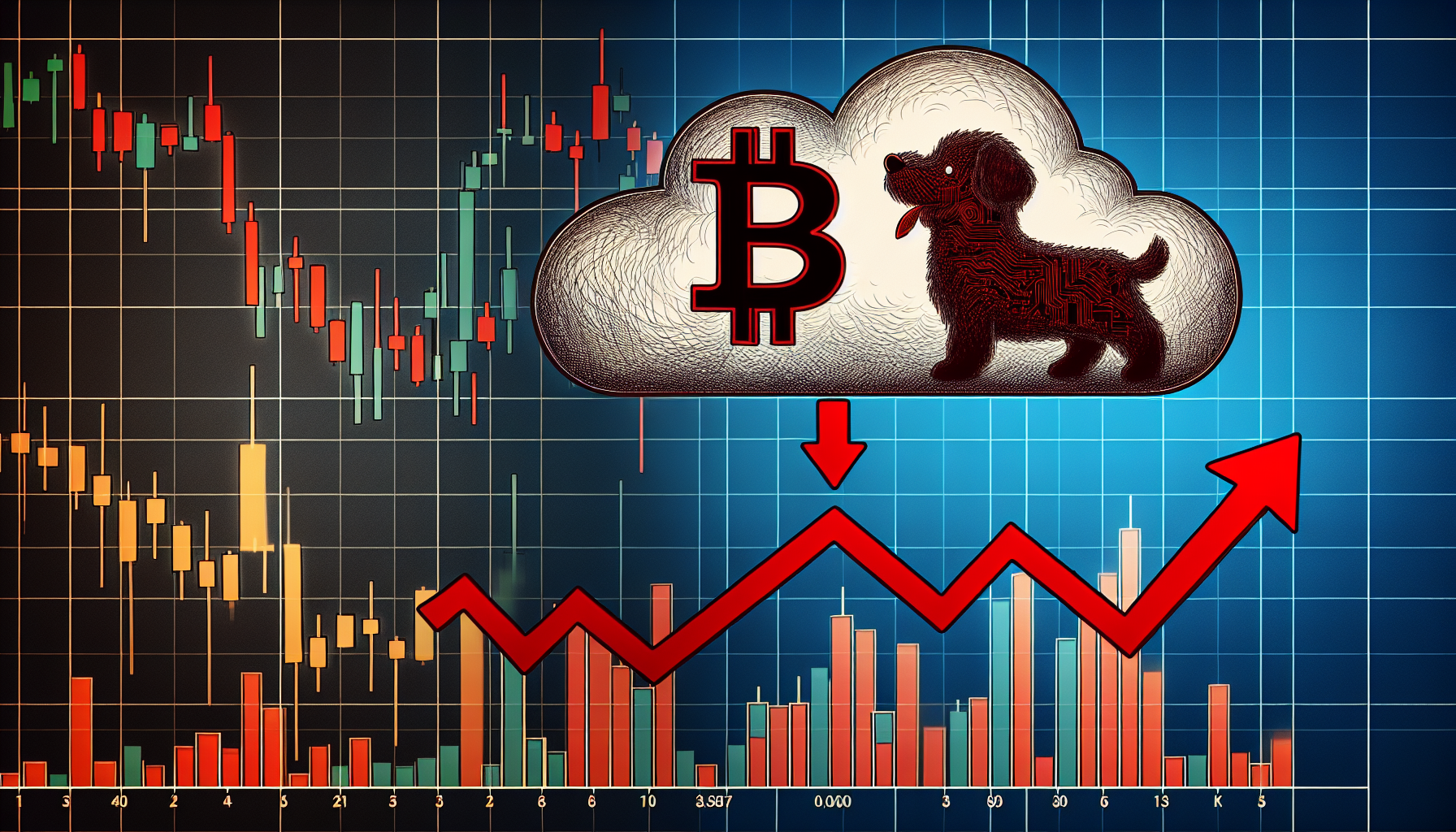
tl;dr
Jim Cramer warns that Bitcoin's volatile swings are increasingly dictating the rhythm of traditional markets, as the crypto spec 'tail' now wags the S&P 500 'dog,' sparking debates about the blurring lines between digital assets and equities.
**Jim Cramer’s “Tail Wags the Dog” Warning: Crypto’s Growing Influence on the S&P 500**
Jim Cramer, the outspoken host of *Mad Money* and a perennial figure in financial markets, has once again stirred the pot with a provocative observation: “It’s finally happening.” On X (formerly Twitter), he highlighted a seismic shift in market dynamics, pointing to the crypto market’s sudden spillover into the S&P 500. His cryptic phrase, “the crypto/spec tail is wagging the S&P dog,” has ignited a debate about whether Bitcoin and other cryptocurrencies are now dictating the rhythm of traditional equity markets.
### The Crypto Spec Tail Wags the S&P Dog
Cramer’s warning centers on the volatile interplay between Bitcoin and the S&P 500. Earlier this month, Bitcoin surged past $124,000, only to crater to nearly $110,000 in days, wiping out $19 billion in leveraged positions within a single hour. The S&P 500, meanwhile, mirrored this turmoil, with red candles appearing shortly after Bitcoin’s collapse. This synchronicity, Cramer argues, signals a troubling new reality: the crypto market’s wild swings are no longer an isolated phenomenon but a force pulling the broader equity benchmark along.
The metaphor “the tail wagging the dog” underscores a shift in market dynamics. Traditionally, equities like the S&P 500 have been seen as the bellwether for investor sentiment. Now, however, the speculative nature of crypto—driven by Bitcoin’s extreme volatility—seems to be overriding traditional market signals.
### Broader Context: Trade Wars, Crypto Tensions, and Market Complexity
While some attribute the recent sell-off to the escalating U.S.-China trade war, the crypto sphere points to a different trigger: the simmering tensions between Binance, the world’s largest crypto exchange, and Hyperliquid, a decentralized finance (DeFi) platform. These disputes, though less headline-friendly, have sent ripples through the crypto market, amplifying volatility.
Yet the broader picture remains murky. The U.S.-China trade war and crypto-specific issues like Binance’s regulatory challenges are not mutually exclusive. Instead, they highlight the interconnectedness of global markets, where geopolitical tensions and sector-specific risks collide.
### A Correlation That Can’t Be Ignored
Despite skepticism from critics who dismiss Cramer as a contrarian voice, the data is hard to ignore. As of today, Bitcoin is trading at $111,900, while the S&P 500 hovers around 6,610—both recovering from synchronized drawdowns. The charts tell a story of intertwined movements, suggesting that crypto’s influence on equities is not a fleeting anomaly but a growing trend.
### The Implications: From “Casino” to Catalyst?
Cramer’s unease stems from the erosion of the traditional narrative that Bitcoin is a “speculative casino.” If crypto is now setting the pace for the S&P 500, the market’s perception of digital assets is shifting. This development could force investors and analysts to reevaluate how they view Bitcoin—not as a fringe asset, but as a potential catalyst for broader market movements.
For those betting against Cramer, the situation is both a challenge and an opportunity. If the “tail” continues to wag the “dog,” the old rules of investing may need rewriting.
In the end, whether Cramer’s warning is a harbinger of chaos or a contrarian call to action, one thing is clear: the line between crypto and traditional markets is blurring, and the implications could reshape the financial landscape for years to come.